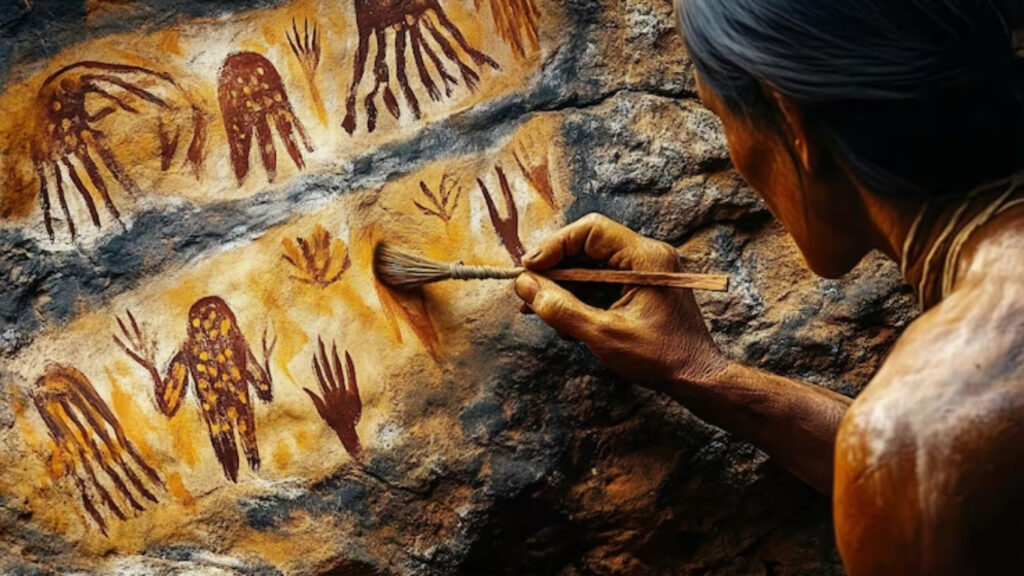The term “mulato” has long been a subject of historical, cultural, and social discourse. Its usage has evolved over centuries, shifting from a colonial classification to a modern term loaded with complex meanings. While some see it as an identifier of racial and cultural hybridity, others regard it as an outdated or offensive term rooted in colonial systems of oppression.
In this comprehensive 3,000-word article, we explore the term mulato through a multifaceted lens—examining its etymology, colonial origins, role in racial classification systems, cultural identity, representation in art and literature, and its modern-day controversies and perspectives.
1. The Etymology of “Mulato”
The word mulato is derived from the Spanish and Portuguese word “mula,” meaning mule, which is a hybrid offspring of a horse and a donkey. The earliest known uses of the term date back to the 16th century, where it was used to describe people of mixed African and European ancestry—often in colonial Latin America.
This etymological root reveals the problematic origins of the term. Associating human beings with hybrid animals reflects the dehumanizing attitudes of colonial societies that categorized people based on race. From its inception, the term mulato was never neutral; it was steeped in the colonial worldview where race was a social hierarchy.
2. Colonial Latin America and the Casta System
The use of mulato was institutionalized during the era of European colonization, particularly in Spanish and Portuguese colonies across Latin America, the Caribbean, and parts of Africa. It became one of the many labels in the casta system—a complex racial classification scheme used by colonial authorities to manage mixed-race populations.
Under this system:
- A mulato was typically the offspring of a white European and a black African.
- Social status, legal rights, and even taxation were determined based on one’s racial classification.
This system aimed to preserve white dominance while providing social roles for racially mixed individuals. It created a racial caste hierarchy:
- Peninsulares (Spaniards born in Spain)
- Criollos (Spaniards born in the Americas)
- Mestizos (European and Indigenous ancestry)
- Mulatos (European and African ancestry)
- Zambos (African and Indigenous ancestry)
- Slaves and Indigenous peoples
Being a mulato often meant limited social mobility, although there were exceptions, especially among those who gained wealth, education, or military distinction.
3. The Role of Mulatos in Colonial Society
Despite their marginalization, mulatos played crucial roles in the economic, military, and cultural life of colonial societies. In some regions:
- They served in colonial militias, particularly in coastal defense.
- They became artisans, musicians, and small landowners.
- Some rose to notable positions, challenging the rigid racial boundaries.
For instance, in Cuba, mulato musicians contributed to the evolution of Afro-Cuban music, which would later influence jazz, salsa, and other global music genres. In Haiti, a class of wealthy mulatos played a prominent role during and after the Haitian Revolution (1791–1804).
4. Mulato Identity in Post-Colonial Latin America
As Latin American countries gained independence in the 19th century, racial classifications like mulato were either officially abolished or fell out of formal use. However, they persisted socially and culturally, influencing how individuals identified themselves and were perceived by others.
In many countries:
- Mulato identity was celebrated in music, dance, and literature.
- Yet, lingering effects of colorism and racism continued to shape their lived experiences.
- Racial mixing became associated with national identity projects, such as the idea of “racial democracy” in Brazil.
In Brazil, the concept of mestiçagem (racial mixing) was seen as a positive force that united people. However, critics argue this masked deep racial inequalities and allowed systemic racism to persist unchallenged.
5. Mulatos in the United States and the One-Drop Rule
In contrast to Latin America, the United States took a binary view of race, particularly through the enforcement of the one-drop rule—the idea that a single drop of African blood made someone black.
Under this framework:
- The term mulatto (English spelling) was used in census records until the 1930s.
- Mixed-race individuals were often legally classified as black, regardless of phenotype.
- This classification reinforced Jim Crow laws and other racist policies.
Famous figures such as Frederick Douglass, Booker T. Washington, and Langston Hughes had mixed African and European heritage, yet they were seen as black leaders, not mulatos, in the American context.
6. Representation in Literature, Art, and Pop Culture
The mulato has been a recurring character in literature, visual art, film, and music, often portrayed through stereotypes or tragic narratives. These representations reflect broader social attitudes toward racial mixture and identity.
Notable Examples:
- In 19th-century literature, the tragic mulatto was a common trope—usually a beautiful woman torn between two worlds, often doomed by her mixed race.
- Latin American literature and poetry often romanticized or exoticized mulatas as symbols of sensuality and passion.
- In Afro-Cuban music and dance, the mulato/a became a symbol of cultural syncretism, blending African rhythms with European melodies.
While some portrayals were empowering or celebratory, others reinforced racist or colorist ideas, particularly the fetishization of lighter skin tones.
7. Mulato as a Gendered Term: The “Mulata” Stereotype
The feminized version of mulato, known as mulata, carries distinct gendered and sexual connotations. In many cultures, the mulata is both revered and objectified for her perceived beauty and sensuality.
In Cuban, Brazilian, and Caribbean cultures:
- The mulata is a recurring figure in carnival, dance, and popular music.
- She is often depicted as the embodiment of exotic femininity, blending African physicality with European features.
- While celebrated in public culture, these representations can reduce women to stereotypes, ignoring the diversity of their experiences and identities.
Feminist scholars have criticized this trope for perpetuating sexual objectification and racial fetishism, often from a male, Eurocentric gaze.
8. Modern-Day Views and Controversies
Today, the term mulato is controversial. While some people embrace it as part of their cultural heritage or identity, others reject it for its racist, colonial, and animalistic connotations.
Arguments Against the Use:
- The root word “mula” (mule) is dehumanizing.
- It was used to justify social hierarchies and racial inequality.
- It perpetuates colorism, valuing lighter skin over darker tones.
Arguments In Favor of Reclamation:
- Some individuals and communities view it as a marker of identity and resilience.
- In literature and cultural studies, it can be used analytically, not pejoratively.
- Others see reclaiming the term as an act of cultural resistance and historical memory.
In countries like Cuba, Dominican Republic, and Brazil, terms related to mulato are still in common usage, though younger generations are increasingly adopting terms like “Afrodescendant,” “mixed-race,” or “biracial.”
9. The Globalization of Mixed-Race Identity
With increasing globalization, migration, and interracial relationships, the number of mixed-race individuals is growing globally. In this new context, the concept of mulato must be reevaluated.
Key Trends:
- The 2010 U.S. Census allowed people to select more than one race, showing a rise in multiracial identification.
- Social media and global culture have created new spaces for mixed-race voices to emerge and redefine their identities.
- In some regions, being mixed is seen as an advantage, while in others it still attracts prejudice.
Many activists and scholars now prefer inclusive language that recognizes the diversity of experiences, such as:
- Afro-European
- Afro-Latinx
- Mixed-race
- Multiracial
10. Conclusion: Unpacking the Legacy of “Mulato”
The word mulato is more than a label; it’s a historical artifact that encapsulates centuries of colonization, racial categorization, cultural exchange, and identity formation. It evokes a complicated legacy—one that blends pain with pride, oppression with creativity, exclusion with resilience.
As societies grapple with the language of race, terms like mulato offer important entry points into conversations about:
- Historical memory
- Racial justice
- Cultural identity
- The power of language
In reclaiming or rejecting the term, people are also asserting control over their narratives, histories, and identities.
FAQs:
Q. Is the term “mulato” considered offensive?
A. Yes, in many contexts, particularly in English-speaking countries, it is viewed as offensive due to its etymology and historical use to dehumanize mixed-race individuals. However, in some Latin American cultures, it is still used without derogatory intent.
Q. How is “mulato” different from “mestizo”?
A. Both terms describe mixed-race individuals. Mulato refers to people of African and European descent, while mestizo refers to those of European and Indigenous ancestry.
q. Are there alternatives to the term “mulato”?
A. Yes. Many people prefer terms like “biracial,” “mixed-race,” “Afro-Latinx,” or “Afrodescendant” to describe their identity in a more inclusive and respectful way.
q. Was being mulato a social advantage or disadvantage historically?
A. It depended on time and place. In colonial societies, mulatos were often marginalized but sometimes gained privileges over those with darker skin. This complexity continues to shape discussions about race and class today.






